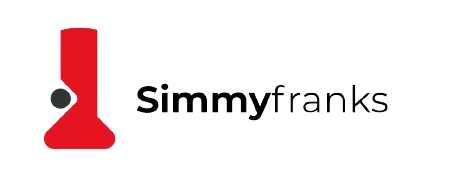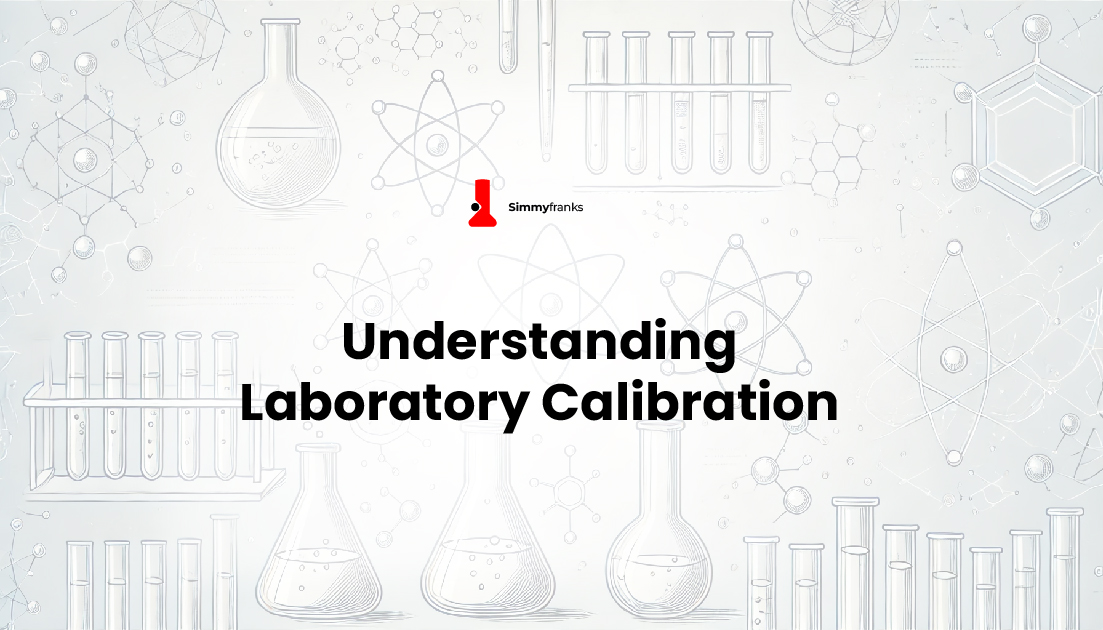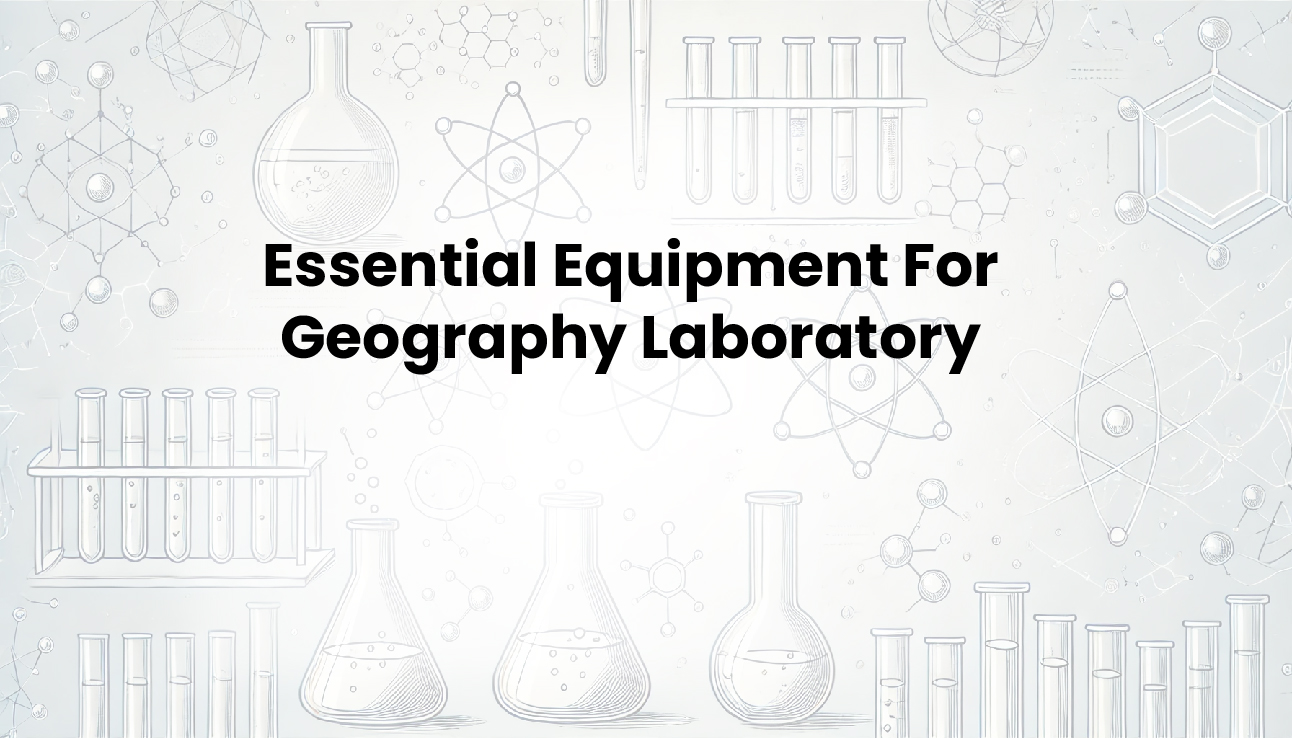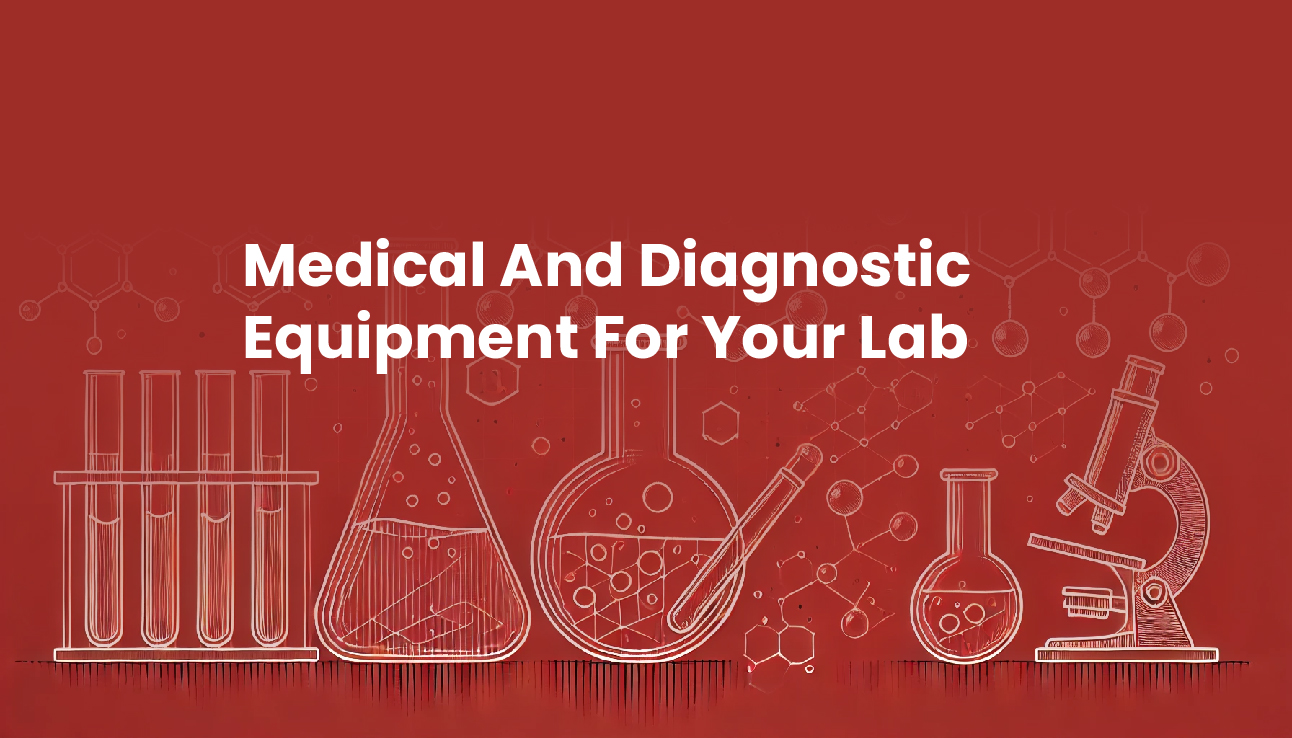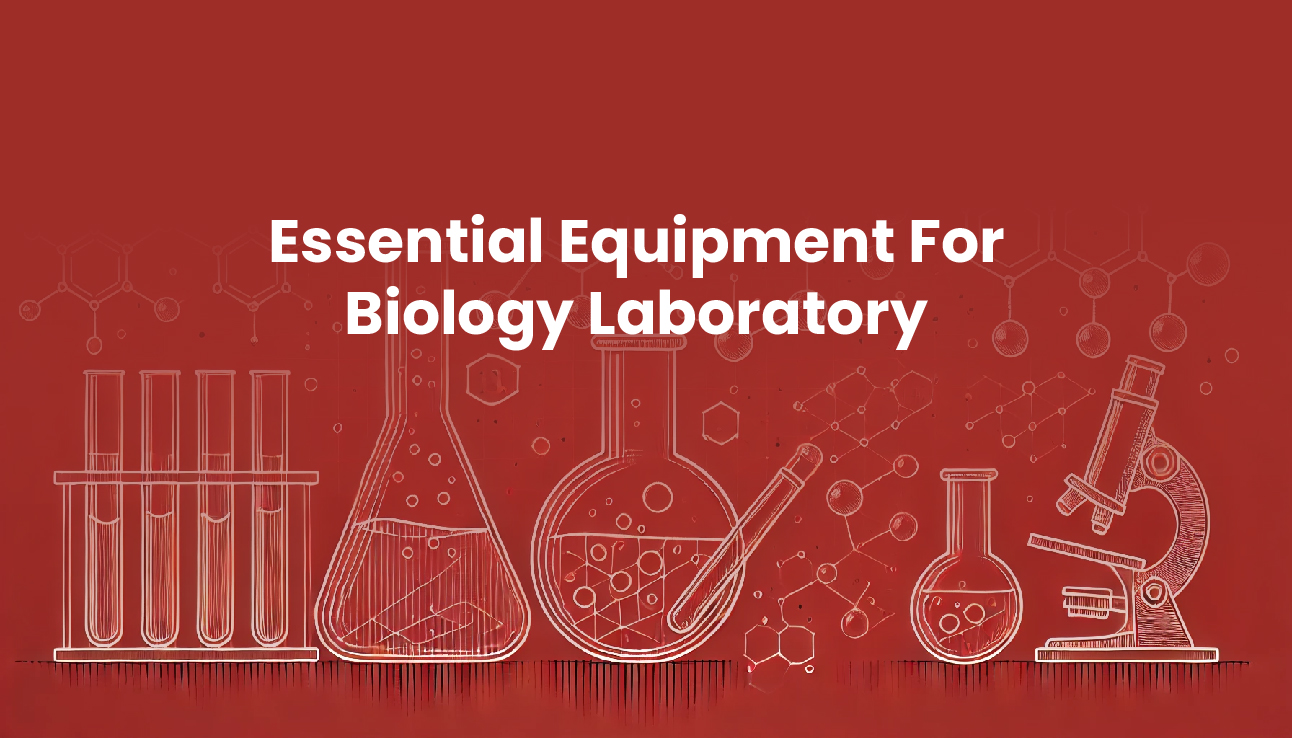Setting up a testing laboratory can be a challenging task, especially if you’re new to it. But with the right guidance, you can get it right. It’s like building a house – you need a solid plan, the right tools, and a skilled team. And just like a house, a laboratory needs regular maintenance to stay safe and functional. If you do it right, your laboratory will produce reliable results and help you achieve your goals. But if you rush or cut corners, you might put people and the environment at risk.
In this article, we will walk you through the steps to set up a laboratory that works efficiently and safely.
What Is A Testing Laboratory?
A testing laboratory is a specialized facility or room equipped with various instruments, equipment, and personnel to conduct scientific tests, measurements, and analyses on samples, products or materials.
The primary purposes of a testing laboratory are:
- Evaluate the quality, safety, and performance of products or materials.
- Identifying the defects, flaws, or contaminants.
- Conduct experiments and research.
- Develop new products.
What Industries Use Testing Laboratory?
Testing laboratories play a crucial role in various industries where product quality, safety, and reliability are paramount. Some of the key industries that rely on testing laboratories include:
- Pharmaceuticals: Testing laboratories are essential in the pharmaceutical industry to ensure the quality and efficacy of drugs, vaccines, and other medical products.
- Food and Beverage: Food safety testing laboratories check for contaminants, allergens, and nutritional content to ensure consumer safety and compliance with regulations.
- Environmental Monitoring: Laboratories test water, air, and soil samples to monitor pollution levels, detect contaminants, and ensure environmental sustainability.
- Cosmetics and Personal Care: Testing laboratories evaluate the safety and efficacy of cosmetics, skincare products, and personal care items.
- Automotive and Aerospace: Laboratories test materials, components, and products to ensure their durability, performance, and safety in the automotive and aerospace industries.
- Medical Devices: Testing laboratories verify the safety, performance, and compatibility of medical devices, such as implants, instruments, and equipment.
- Construction and Building Materials: Laboratories test construction materials, like concrete, steel, and insulation, to ensure their strength, durability, and compliance with building codes.
- Electronics and Telecommunications: Testing laboratories evaluate the performance, safety, and reliability of electronic components, devices, and systems.
- Biotechnology: Laboratories conduct tests to develop new biotechnology products, such as genetic testing, gene therapy, and regenerative medicine.
- Academia and Research: Testing laboratories in academic institutions and research centers support scientific investigations, product development, and innovation.
Steps In Setting Up A Testing Laboratory
In setting up a testing laboratory, there are procedures or steps to achieve the finest result you can get. Let’s have a look at these procedures.
1. Planning and Design
This is the first step in the laboratory setup procedure.
Laboratory planning and design lays the foundation for efficient scientific work. It is the process of taking both basic program elements and highly technical blocks and arranging them to create a space that is both safe and efficient.
At Simmyfranks, our experts can guide you through the laboratory planning and design process, ensuring that your laboratory is optimized for productivity, safety, and efficiency. Our services include:
– Laboratory layout design and optimization
– Workstation configuration and ergonomic analysis
– Ventilation system design and installation
– Electrical and plumbing infrastructure planning
– Safety feature installation and training
– Regulatory compliance and industry-standard implementation
2. Sourcing Equipment and Instrumentation
The second step in the laboratory setup procedure is sourcing the equipment and instrumentation.
Laboratory equipment and instruments refer to the various tools and equipment used by scientists in a laboratory. Investing in laboratory equipment and instruments is very important, this is because the reliability and accuracy of test results depend heavily on the equipment and instruments available in the laboratory.
Here is a list of the basic equipment needed in every laboratory:
- Microscope
- Spectrophotometer
- Centrifuge
- Pipette
- Autoclave
- Hot plate stirrer
- Incubator
- pH meter
- Laboratory balance
- Fume hood.
Steps in Equipment Calibration:
- Follow manufacturer guidelines.
- Calibrate equipment against traceable standards.
- Verify calibration with certified reference.
- Document calibration results.
Steps in Equipment Maintenance:
- Schedule regular maintenance.
- Follow manufacturer recommendations.
- Clean and inspect equipment.
- Replace worn or damaged parts.
3. Develop Standard Procedures
Developing standard procedures in a testing laboratory or facility is crucial for its growth and prosperity. Standard procedures provide a framework for laboratory operations, ensuring consistency, accuracy, and reliability in testing and analysis.
Key areas to focus on when developing standard procedures include testing and analysis protocols, instrument operation and maintenance, sample handling and preparation, data management and reporting, quality control and assurance, safety protocols and emergency procedures, and training and competency assessment.
The common standard procedures for a testing laboratory include:
- Sample Handling:
- Receiving: A system is in place to verify sample integrity upon arrival. This may involve checking for leaks, proper labeling, and if necessary, temperature control.
- Logging: Samples are logged into a system, recording details like sample ID, type, origin, and time of receipt.
- Labeling: Clear and consistent labeling is crucial. Labels typically include sample ID, date, time, and any relevant information for the test.
- Storage: Samples are stored under appropriate conditions (e.g., temperature, light) to maintain their integrity until testing.
- Disposal: Safe disposal procedures are followed based on sample type and potential hazards.
- Standard Operating Procedures (SOPs): SOPs are written documents detailing step-by-step instructions for specific tests.
They include information like:
- Required equipment and materials
- Detailed steps for conducting the test
- Calculations and data analysis procedures
- Safety precautions
- Troubleshooting steps
SOPs ensure consistency and minimize errors between technicians performing the same test.
They also serve as a reference and training tool.
- Quality Control (QC): QC procedures monitor the performance of the entire testing process to ensure reliable results.
This involves running control samples alongside test samples. Control samples are materials with known properties.
There are two main types of control samples:
- Positive Controls: Confirm the test can detect the target analyte (substance being measured).
- Negative Controls: Ensure no false positives due to contamination or errors.
Analyzing control results helps identify trends and potential issues with the testing process.
Corrective actions are taken if control results fall outside acceptable ranges.
- Calibration and Maintenance: Regular calibration of laboratory equipment is essential for accurate measurements. The frequency of calibration depends on the specific equipment and its role in the testing process. Preventive maintenance ensures equipment functions properly and minimizes downtime. Both calibration and maintenance procedures are typically documented and scheduled.
- Data Analysis and Reporting: Test data is analyzed according to established procedures.
This may involve calculations, statistical analysis, and interpretation of results based on relevant standards or references. Clear and concise reports are generated that document the test performed, findings, conclusions, and any relevant observations.
Reports typically include information like sample details, testing methods, results, and measurement uncertainty.
- Safety: Laboratories prioritize safety measures to protect personnel, the environment, and the public.
This includes:
- Following safety protocols for handling hazardous materials.
- Use appropriate Personal Protective Equipment (PPE) like gloves, eyewear, and lab coats.
- Proper handling and disposal of hazardous waste.
- Emergency preparedness procedures in case of accidents or spills.
Get Your Laboratory Equipment From SimmyFranks
Simmyfrank is your number one-stop shop for all your laboratory equipment needs. We offer a wide range of high-quality instruments and supplies, from microscopes to pipettes, and from test tubes to lab coats.
Our equipment is sourced from trusted manufacturers and is designed to meet the highest standards of quality and accuracy. Our team of experts is dedicated to providing exceptional customer service and support, ensuring that you get the right equipment for your specific needs.
Contact us today to learn more about our products and services!
Contact us or visit our shop
Setting Up A Testing Laboratory: A Comprehensive Guide: FAQs
1. What are the essential instruments and equipment required for a testing laboratory?
The necessary instruments and equipment vary depending on the type of testing, but common ones include microscopes, spectrophotometers, centrifuges, and pipettes.
2. How do I ensure safety in a testing laboratory?
Ensure safety by providing personal protective equipment (PPE), training staff on safety protocols, and implementing standard operating procedures (SOPs) for handling hazardous materials and equipment.
3. What are the key factors to consider when designing a laboratory layout?
Consider factors like workflow, ergonomics, ventilation, and safety zones to create an efficient and safe laboratory layout.
4. How do I select the right staff for my testing laboratory?
Look for candidates with relevant qualifications, experience, and training in laboratory techniques and safety protocols. Also, consider their attention to detail, analytical skills, and ability to work under pressure.
5. What are the common laboratory accreditation standards that I should be aware of?
Common laboratory accreditation standards include ISO/IEC 17025, GLP (Good Laboratory Practice), and GMP (Good Manufacturing Practice). These standards ensure your laboratory meets quality and competence requirements.
Editor’s Recommendation
- Laboratory Equipment Essentials For New Laboratories
- The Top 10 Essential Pieces Of Equipment For Modern Laboratory
- Advancements in Laboratory Equipment: How Stay To Ahead of the Curve
- How To Safeguard Laboratory Environments: The Role Of Proper Ventilation and Fume Hoods
- Laboratory Equipment Needed By Cosmetics Industry

